Water is a precious resource, and as gardeners, it’s essential to find ways to conserve water while still nurturing our plants. One highly effective method for maximizing water efficiency in the garden is by installing a drip irrigation system. Unlike traditional overhead sprinklers that can waste water through evaporation and runoff, drip irrigation delivers water directly to the root zone of plants, minimizing water loss and ensuring efficient water use. In this guide, we’ll explore the benefits, components, installation process, and maintenance tips for setting up a drip irrigation system in your garden, so you can enjoy lush, healthy plants while minimizing water waste and environmental impact.

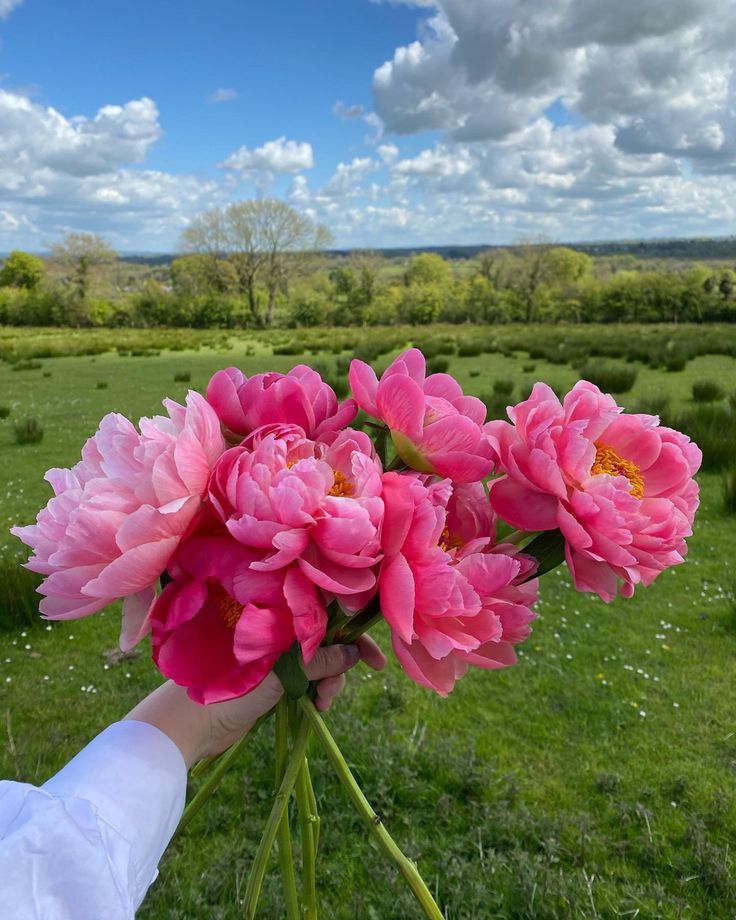

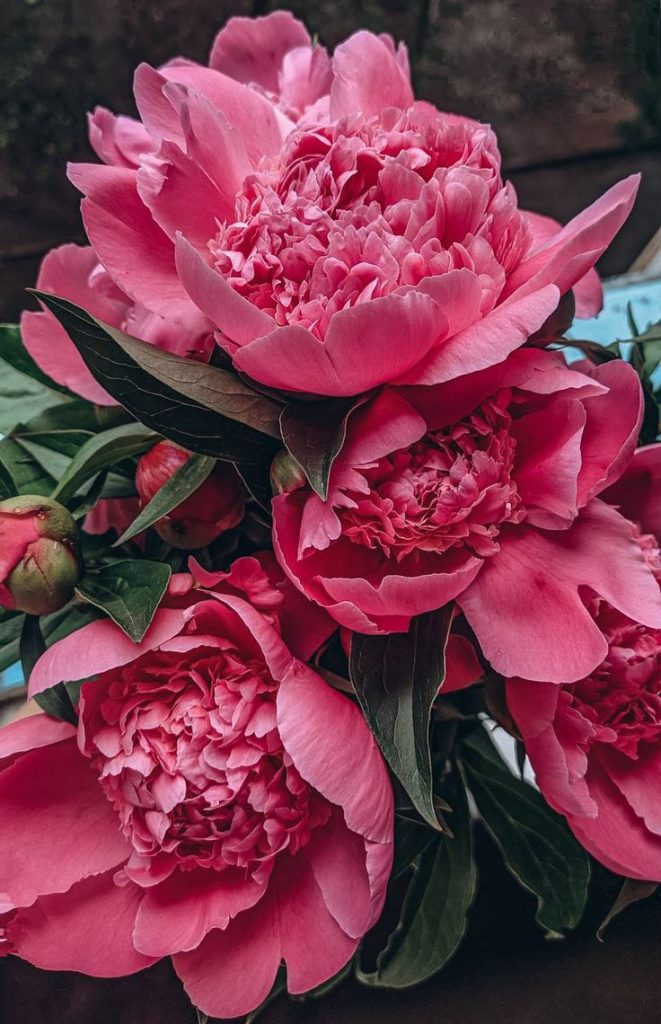
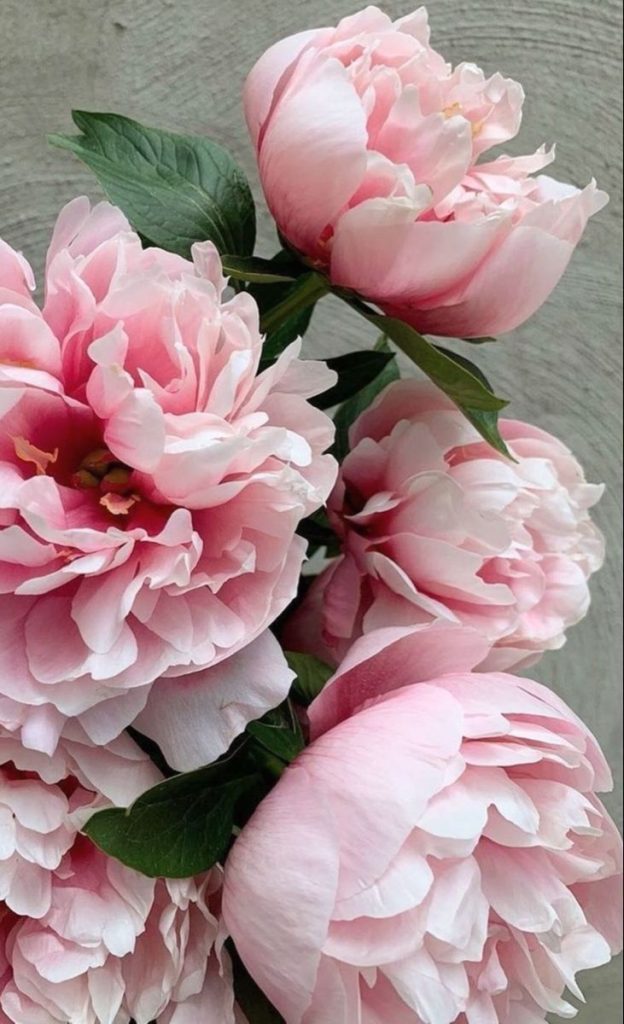

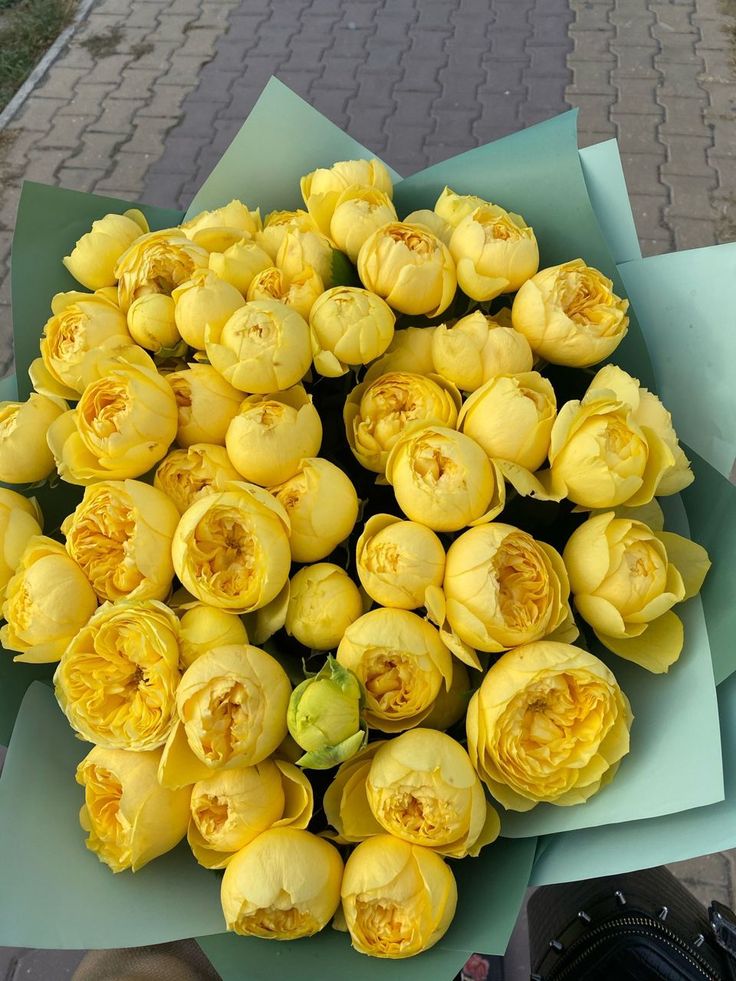
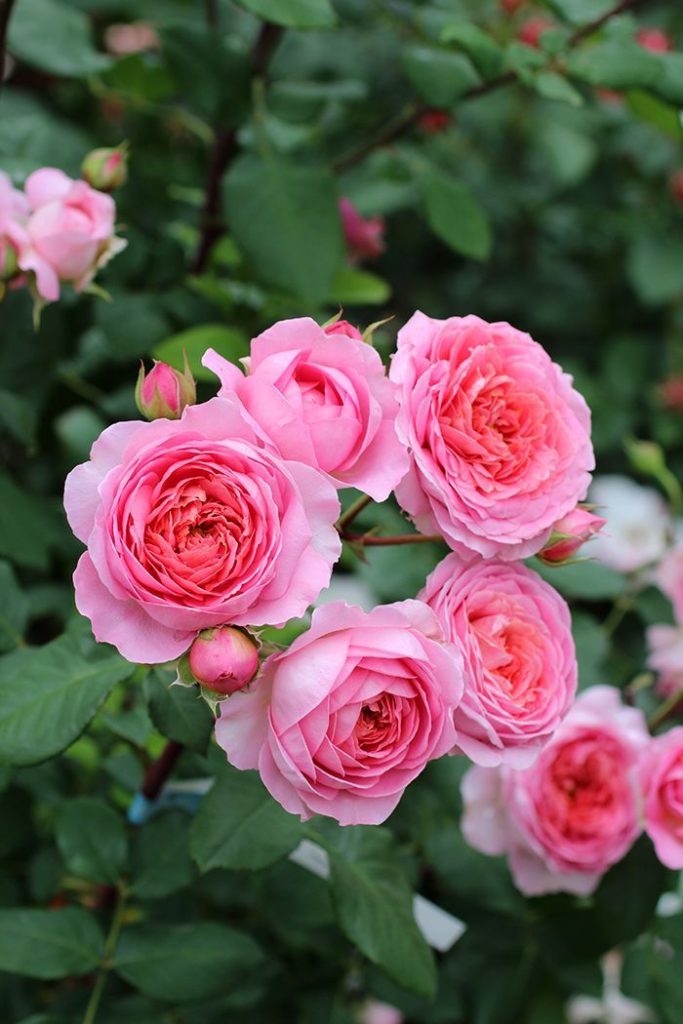
Understanding the Benefits of Drip Irrigation
Drip irrigation offers numerous advantages for gardeners and the environment:
- Water Efficiency: Drip irrigation delivers water directly to the root zone of plants, minimizing evaporation, runoff, and water waste associated with overhead sprinklers or hand watering.
- Uniform Water Distribution: Drip irrigation provides consistent and uniform watering, ensuring that each plant receives the right amount of water for optimal growth and health.
- Reduced Weed Growth: By targeting water only to the areas where plants are growing, drip irrigation helps suppress weed growth and minimize competition for water and nutrients.
- Prevention of Leaf Diseases: Drip irrigation delivers water directly to the soil, keeping plant foliage dry and reducing the risk of foliar diseases caused by excess moisture.
- Time and Labor Savings: Once installed, drip irrigation systems require minimal maintenance and can be set on timers or automated controllers, saving you time and effort compared to hand watering or manual irrigation methods.
- Environmental Sustainability: By reducing water consumption and minimizing runoff and soil erosion, drip irrigation promotes environmental sustainability and helps conserve precious water resources for future generations.
Components of a Drip Irrigation System
A typical drip irrigation system consists of several key components:
- Water Source: This can be a garden hose connected to an outdoor faucet, a dedicated irrigation line from your home’s water supply, or a rainwater harvesting system.
- Backflow Preventer: A device that prevents contaminated water from flowing back into the main water supply, ensuring water safety and preventing contamination.
- Pressure Regulator: A device that regulates the water pressure to ensure optimal performance and prevent damage to the drip tubing and emitters.
- Filter: A filter or screen that removes debris, sediment, and particles from the water to prevent clogging of the drip tubing and emitters.
- Mainline Tubing: Durable, flexible tubing that carries water from the water source to the drip irrigation zone, typically made of polyethylene or PVC material.
- Drip Tubing: Thin, flexible tubing with built-in emitters or drip emitters installed at regular intervals, delivering water directly to the root zone of plants.
- Emitters: Devices that regulate the flow of water from the drip tubing to the soil, delivering water at a slow and consistent rate to ensure efficient watering.
- Connectors and Fittings: Various connectors, tees, elbows, and fittings used to connect the different components of the drip irrigation system and create a customized layout for your garden.
Installation Process for Drip Irrigation
Follow these steps to install a drip irrigation system in your garden:
- Plan Your Layout: Determine the placement of drip tubing, emitters, and connectors based on the layout of your garden beds, the water needs of your plants, and the location of your water source.
- Prepare the Area: Clear debris, weeds, and obstacles from the area where you’ll be installing the drip irrigation system, and ensure the soil is well-prepared and level.
- Install Mainline Tubing: Lay out the mainline tubing along the perimeter of your garden beds, securing it in place with stakes or anchors and cutting it to size as needed.
- Connect Components: Connect the backflow preventer, pressure regulator, and filter to the water source, then connect the mainline tubing to the components using appropriate fittings and connectors.
- Lay Drip Tubing: Lay out the drip tubing within each garden bed, positioning it along the base of plants and securing it in place with stakes or anchors, and cutting it to size as needed.
- Install Emitters: Install drip emitters or micro-sprayers at regular intervals along the drip tubing, ensuring each plant receives adequate water coverage based on its water needs and size.
- Test the System: Turn on the water supply and test the system for leaks, clogs, or uneven water distribution, making adjustments as needed to ensure proper functioning and coverage.
- Fine-Tune Settings: Adjust the water flow rate, emitter spacing, and irrigation schedule based on the specific needs of your plants, soil conditions, and climate, and monitor the system regularly for optimal performance.
Maintenance Tips for Drip Irrigation
To keep your drip irrigation system running smoothly and efficiently, follow these maintenance tips:
- Inspect Regularly: Check the system regularly for leaks, clogs, or damage to tubing, emitters, and fittings, and make repairs or replacements as needed to prevent water waste and ensure proper functioning.
- Clean Filters: Clean or replace filters regularly to remove debris, sediment, and particles from the water and prevent clogging of drip tubing and emitters.
- Adjust Settings: Monitor weather conditions and plant growth regularly and adjust the water flow rate, irrigation schedule, and emitter spacing as needed to meet the changing needs of your garden.
- Winterize System: In colder climates, winterize your drip irrigation system by draining water from tubing, emitters, and components, and protect exposed parts from freezing temperatures to prevent damage.
- Mulch Beds: Apply a layer of organic mulch, such as straw, wood chips, or compost, around plants to conserve moisture, suppress weeds, and protect drip tubing from damage.
Conclusion
Installing a drip irrigation system is a smart and sustainable solution for maximizing water efficiency in your garden while promoting healthy plant growth and minimizing environmental impact. By delivering water directly to the root zone of plants, drip irrigation reduces water waste, suppresses weed growth, and prevents foliar diseases, resulting in lush, vibrant landscapes that thrive with minimal effort and resource use. Whether you’re growing vegetables, flowers, or ornamental plants, a drip irrigation system can help you achieve beautiful, productive, and water-wise gardens that nourish both the earth and your soul.
FAQs (Frequently Asked Questions)
- How much water can I save by using a drip irrigation system compared to traditional watering methods?
- Drip irrigation systems can save significant amounts of water compared to traditional overhead sprinklers or hand watering methods, with water savings ranging from 30% to 50% or more, depending on factors such as climate, soil type, plant selection, and system design. By delivering water directly to the root zone of plants and minimizing evaporation, runoff, and water waste, drip irrigation systems ensure efficient water use and help conserve precious water resources.
- Can I use a drip irrigation system for all types of plants in my garden?
- Yes, drip irrigation systems can be used to water a wide variety of plants in your garden, including vegetables, fruits, flowers, shrubs, and trees. By adjusting the water flow rate, emitter spacing, and irrigation schedule based on the specific water needs of each plant and its growth stage, you can ensure that all your plants receive adequate moisture for healthy growth and productivity.